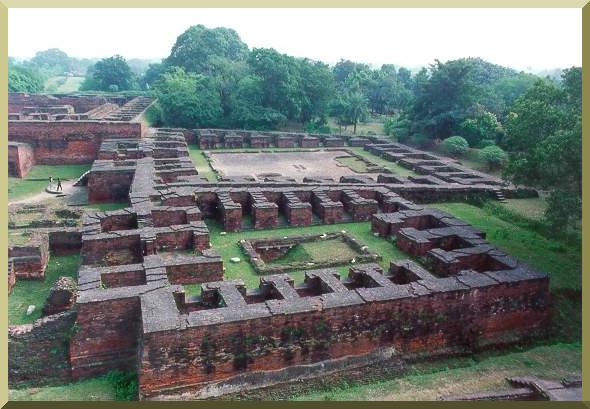|
In December of 1993, I visited India
on a one-month assignment with
the National Institute of Hydrology (NIH).
The trip entailed
a three-week technical visit to the NIH Ganga Plains Regional Centre in Patna,
Bihar, in Eastern India.
I traveled by train from Patna to Birpur, 275 km northeast, and then
north by land,
about 60 km, to Chatra, well inside Nepal. There I visited
the Kosi project, accompanied by Messrs.
Jha, Lohani and Thakur, staff scientists from the NIH Regional Centre at Patna.
On the way back, our party took the first-class sleeper
train from Birpur to Patna, and, after a good chat,
settled down to a well deserved rest. Great was our suprise to notice that on one of
the many scheduled stops, the train was suddenly invaded by hundreds of people,
desirous to catch a ride to some destination further along the way. One of my companions speculated
that these people were going to a political rally, and that there was no other way to travel but boarding
the train in mass. There were people everywhere, packed like sardines,
so it was impossible for us to get out of our first-class cabin,
even to go to the bathroom. It did not escape my attention
that had I wanted to do precisely that,
I would have had to find alternate means to satisfy this most basic of needs.
Luckily for us, the train made an unscheduled stop in the next town,
and the intruders were routed out by scores of policemen,
who dutifully arrested them, and had them
marching in three columns in an orderly fashion,
restrained between the train on one side, and
a cord on the other.
As the events unfolded, I stuck my head out
of the window, and the scenery that cold morning
reminded me of one of those Hollywood scenes,
complete with populace, train station, policemen, local color,
and above all, that orderly chaos which well describes the typical Indian urban scene.
| ||
|
|
